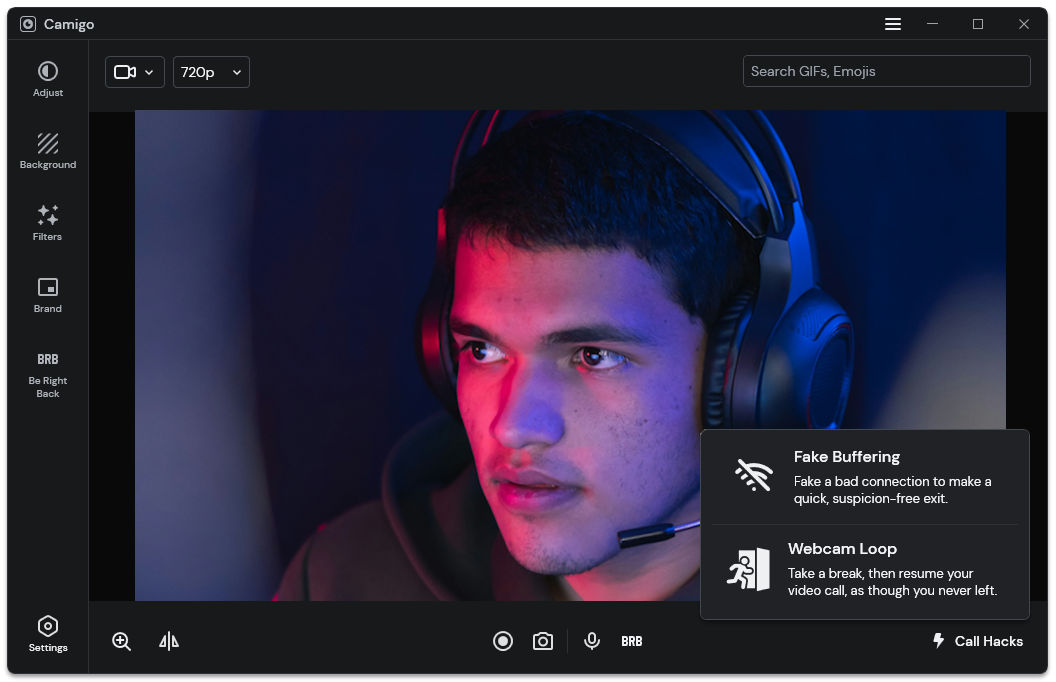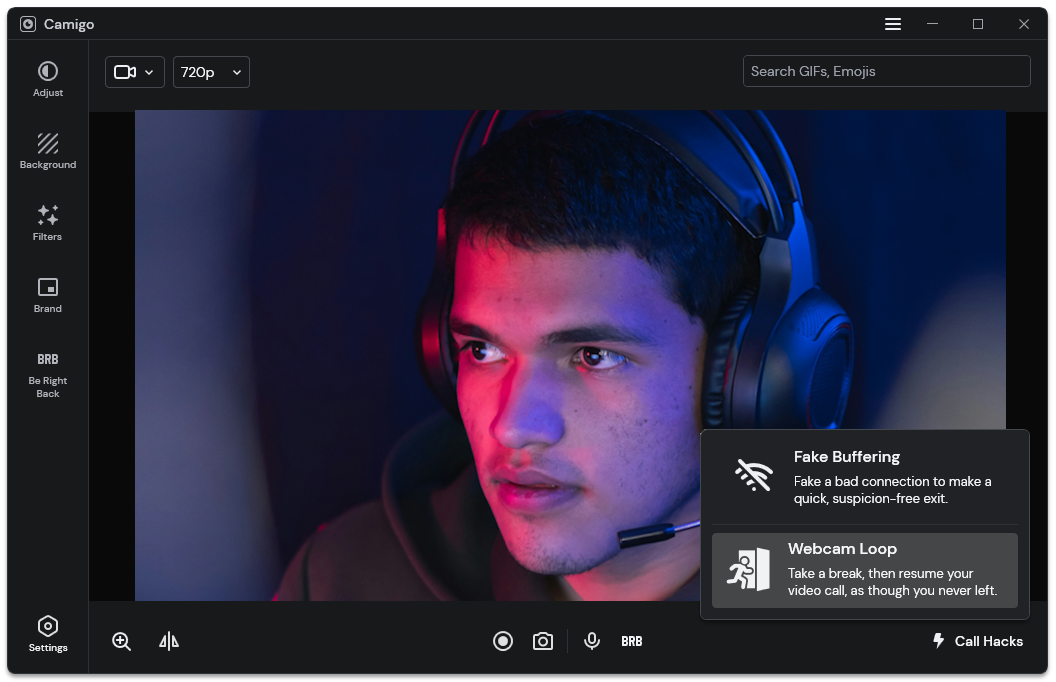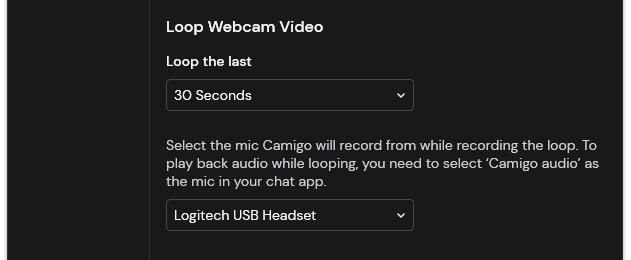Flashback Express 7
User Manual
Downloading and Installing
Recording a Video
Recorder Window
Recorder Settings
Selecting What To Record
Recording the Mouse Cursor
Starting and Stopping Recording
Recorder Control Bar
Advanced Recording Options
Annotating While Recording
Recording on a computer with dual GPUs
Previewing a Recording
Editing a Project
Editing Basics
Navigating the Project Editor
Working with Media
The Timeline
The Video Canvas
Styling Media
Editing Preferences
Exploring Media
Videos
Images
Animations
Shapes
Backgrounds
Text
Titles
Audio
Voiceovers
Subtitles
Blurs
Flashback Pro Movies
Applying Effects
Exporting
Licensing Flashback Express 7
Free vs Licensed Use
Purchasing a Flashback Express 7 License
Registering a Flashback Express 7 license
Upgrading From Pro 5 or Express 6
Managing Your Subscriptions
Feature Credits
Registering on an offline PC
Deploying a license to multiple PCs
License Troubleshooting
Misc.
How To Guides
Make a clip from a recording
Replace a voiceover
Record a facecam video
Schedule a recording session
Highlight the mouse cursor
Edit audio for an imported video
How To Move a Project to a New Computer
Record a clear voiceover
Flashback Express 7 Quick Start Guide
Flashback Express 7 FAQs
Flashback Express 6
User Manual
Downloading and Installing
Getting Setup to Record
The Recorder Window
Recording the Screen
Recording Windows and Regions
Recording Sound
Recording a Webcam
Recording the mouse cursor
Recording Settings
Recording
The Recorder Control Bar
Starting, Pausing and Stopping a Recording
Discarding or Restarting a Recording
Saving your recording
Scheduling a recording
Auto-trimming
Editing and Uploading
The Video Window
The Edit & Upload Window
Making a Clip
Uploading a Video
Exporting to other formats
Exporting Audio
Adding Subtitles
Licensing
Flashback Express Free vs Licenced
Purchasing a Flashback Express 6 license
Registering a Flashback Express 6 license
Registering Flashback Express 6 on an offline PC
Deploying a Flashback Express 6 license to multiple PCs
Flashback Express License 6 Troubleshooting
Feature Credits for Transcrptions
Misc.
How To Guides
How to record a facecam video
How to make a clip
How to schedule a recording session
How to capture the mouse cursor
Flashback Express 6 Quick Start Guide
Flashback Express 6 FAQs
Camigo
User Manual
Getting Started
Camigo System Requirements
Downloading and installing
Setting up Camigo
Checking for Updates
Camigo Settings
Using Camigo
Customizing your video
Licensing
Support
Camigo Quick Start Guide
Camigo FAQs
Video Converter
User Manual
Getting Setup
Video Converter System Requirements
Downloading and installing Video Converter
Preferences
Free Trial
Using Video Converter
Converting Format
Format settings
Turbo Conversion
Creating Clips
Cropping a video
Applying Effects
Adding Watermarks
Changing Speed
Inserting Subtitles
Licensing Video Converter
Video Converter Quick Start Guide
Video Converter FAQs
Table of Contents
- All Categories
- Camigo
- User Manual
- Using Camigo
- Webcam Loop
Webcam Loop
Updated
by Gareth Casey
If you need to step away from a video call for a moment but don't want other call participants to know that you are not there, you can play a looping video of yourself to hide your absence.
Click the Call Hacks button to open the Call Hacks menu and then click the Webcam Loop button to activate the loop.

Stop the loop and return to the live video from your webcam by clicking the Webcam Loop button again.

Preparing to loop
When activated, a loop of the last 30 seconds, 1 minute or 2 minutes will replace your live video in your video call app. You can choose the specific duration of the looping video by clicking the Settings button and selecting the relevant duration for the Loop duration option on the General tab.
When preparing to activate a loop, try to avoid moving too much so that the looped video does not have a sudden jump each time it loops back to the beginning. Also, remember that the loop will include any GIFs, emojis or filters that you activated during your selected duration period.
Including sound in a loop
By default, there will be no audio from you when you have an activate loop; either live sound from your mic or recorded sound from the looped video. If your video appears to show you talking, it will appear like you have muted yourself.
If you want to record your microphone audio as part of the looped video that plays, you will first need to select the mic that you are using for your video call in Camigo by clicking the Settings button and then selecting the relevant mic in the Loop Webcam Video section on the General tab.

To allow Camigo to play that audio during the looped video, you will then need to open your video call app and select Camigo Audio as the microphone that will be used by the video call app. Other call participants will still hear you speak as normal during the video call but will then also be able to hear the looped video audio as well.
